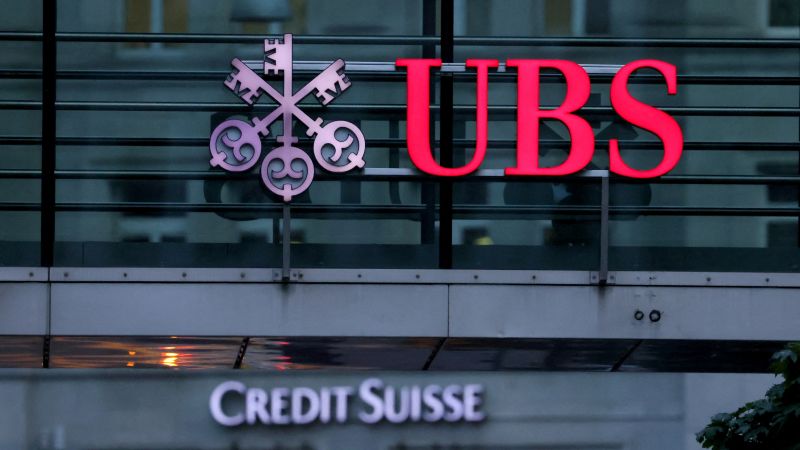This article discusses the recent bank run on Silicon Valley Bank and its implications for the tech industry and Silicon Valley as a whole. The author explains the mechanics of a bank run and how it can become a self-fulfilling prophecy. They also highlight the role of the Federal Deposit Insurance Corporation (FDIC) in preventing bank runs and protecting depositors' funds. The article then delves into the specific case of Silicon Valley Bank, explaining how the bank became technically insolvent and the events that led to the bank run. The author argues that the response to the bank run revealed a lack of trust and a focus on self-interest within the tech ecosystem. They also discuss the government's intervention to protect depositors and the potential long-term consequences of this action. Finally, the article explores the broader implications of the loss of trust in Silicon Valley and the increasing demand for government intervention.
The main topic is the recent bank run on Silicon Valley Bank and its implications for the future of Silicon Valley.
Key points:
1. Silicon Valley Bank's shift to longer-term securities in search of higher yield was a critical mistake.
2. When interest rates rose, fewer deposits came in and the market value of securities plummeted, leading to insolvency.
3. The bank run was triggered by a rushed capital raise and the perception that the bank was insolvent.
4. The federal government stepped in to protect depositors and ensure the stability of the banking system.
5. The loss of trust and increased uncertainty may lead to more government intervention and tighter regulations, impacting innovation in Silicon Valley.
Summary: The number of corporate bankruptcies in the US is increasing, with over 400 corporations going under so far in 2023, which is the fastest pace since 2010 and double the level from last year, largely due to overstretched balance sheets and interest rate hikes. Sectors with high debt, such as consumer discretionary and industrial, are the most affected, and there have been 16 billion-dollar bankruptcies including Bed Bath & Beyond and the parent company of Silicon Valley Bank. However, some companies have been resilient due to stronger profits and the structure of corporate debt.
HSBC Innovation Banking's acquisition of the UK unit of Silicon Valley Bank (SVB) for £1 has saved an important lender to the European and UK biotech and tech start-up industries, and the former SVB UK unit has been renamed HSBC Innovation Banking.
UBS has reported a record-breaking profit of $28.88 billion in the second quarter, the largest ever reported by a bank.
Swiss banking giant UBS reported a second-quarter net profit of $28.88 billion, boosted by its acquisition of Credit Suisse and the reversal of net asset and deposit outflows, leading to a rally in its shares to 15-year highs, although Deutsche Bank suggests UBS may remain a "construction site" for some time.
JPMorgan Chase CEO Jamie Dimon warns that while the U.S. economy is currently strong, it would be a mistake to assume it will sustain long-term due to risks such as central bank actions, the Ukraine war, and unsustainable government spending.
Kyle Bass predicts that the US banking industry will suffer losses of hundreds of billions of dollars due to exposure to the office market, representing a 10% hit to US banking equity, while industrial and multi-family sectors will remain strong.
US banks are experiencing significant deposit outflows, with total bank deposits plunging by over $70 billion in a week, the lowest levels since May, leading to concerns about the ongoing regional banking crisis; meanwhile, US commercial banks have also suffered significant losses in deposits, with 60% of deposits moving to higher-yielding money market funds, and the balance of unrealized losses on securities at commercial banks rising to $558 billion in Q2; to address these issues, the Federal Reserve has reached an all-time high of $107.8 billion in its banking loan facility to provide funding to distressed banks.
Commercial bankruptcy filings are on the rise, with big-name companies such as Bed Bath & Beyond, Silicon Valley Bank, and Party City all folding, reflecting the challenges posed by the end of pandemic funds, sticky inflation, a slower global economy, and a sharp increase in the cost of capital. However, while bankruptcy rates are growing, they remain significantly lower than previous recessions, and the economy is still growing, providing opportunities for displaced workers to find re-employment.
The regional banking crisis in the U.S. during March of this year has had lasting effects on the industry and the economy, with tightened credit conditions and a risk of over-correction in interest rates, according to interviews with regional bank executives and economists.
